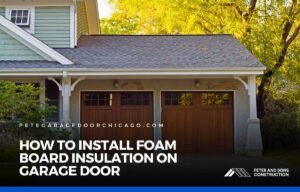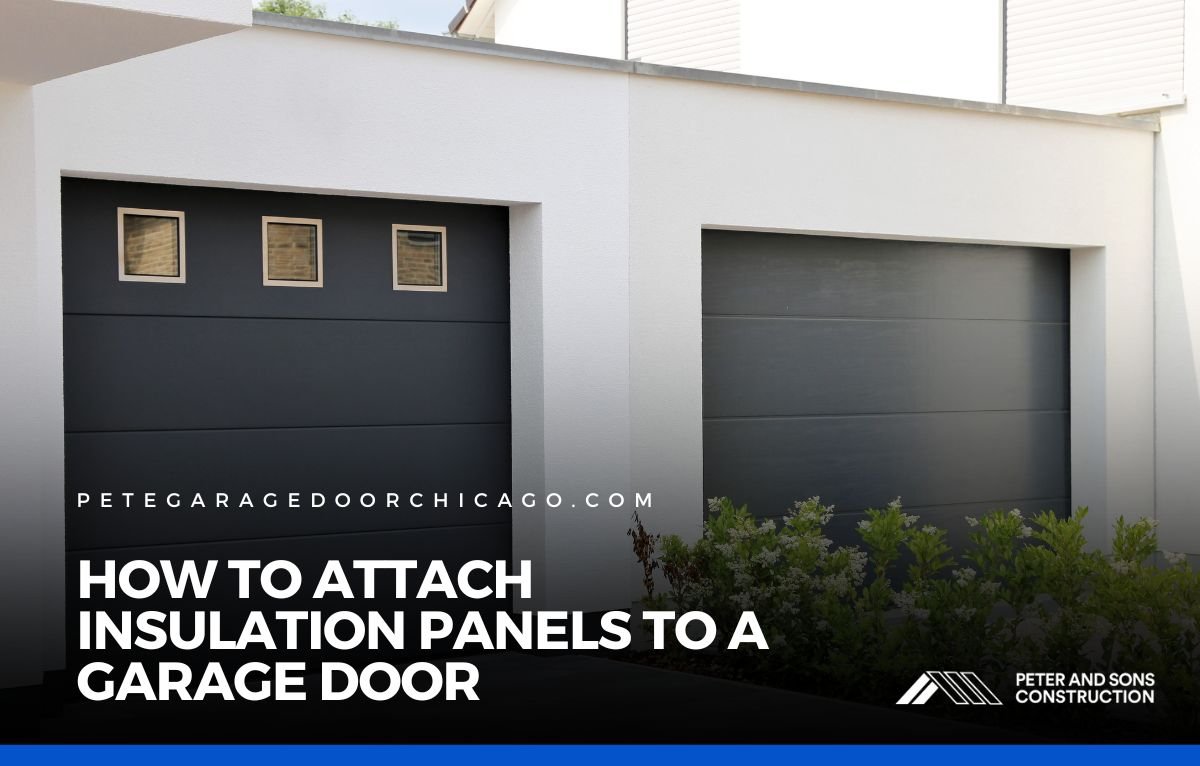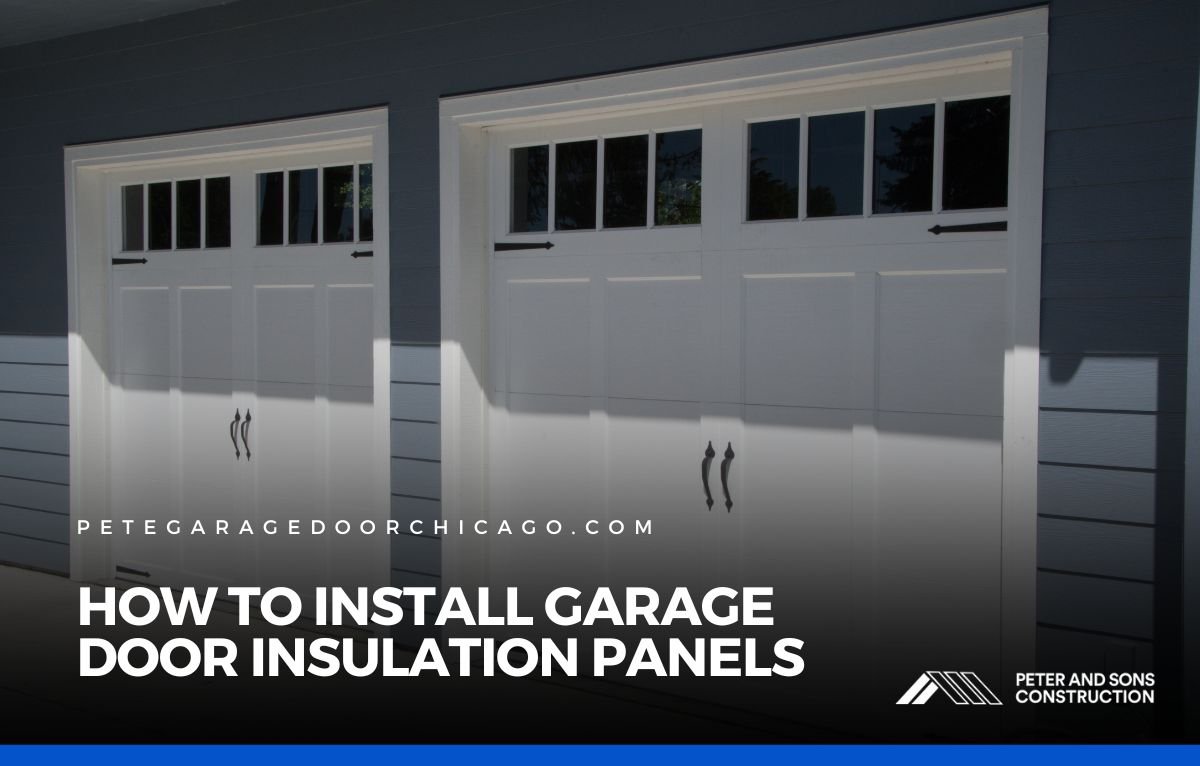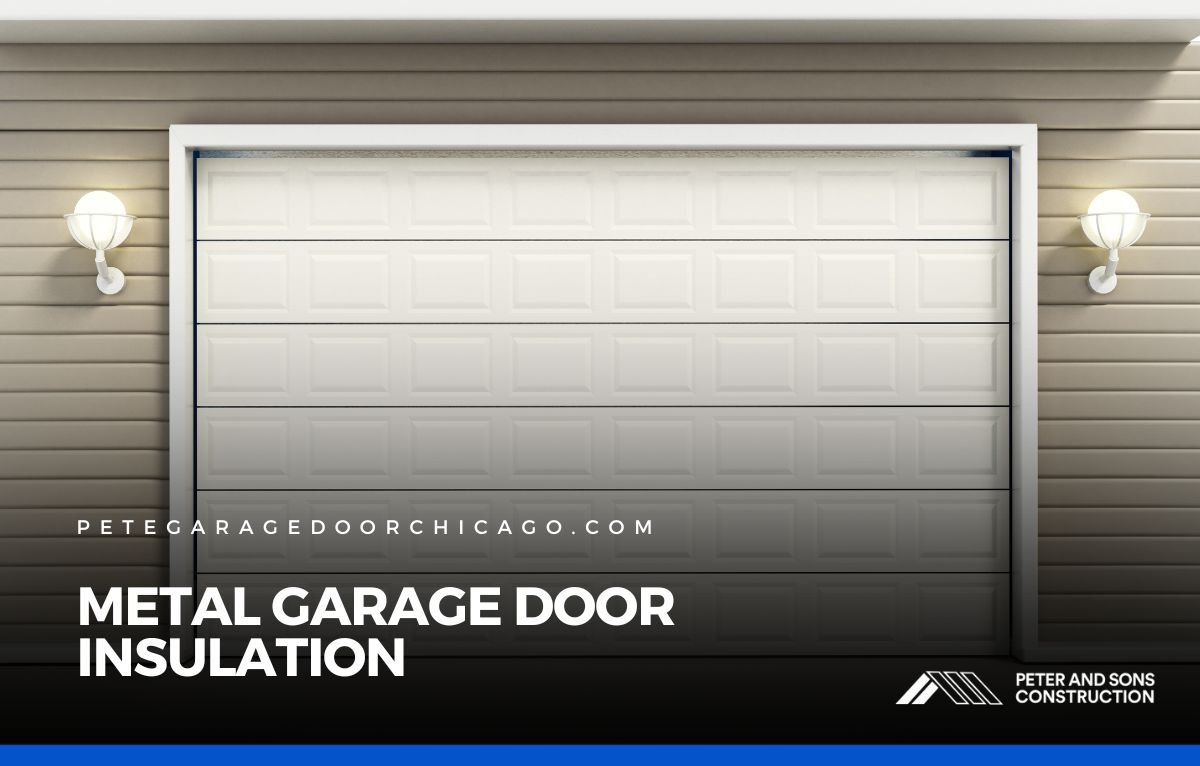September 28, 2025
- Editorial Team
- September 28, 2025
- 9:21 pm
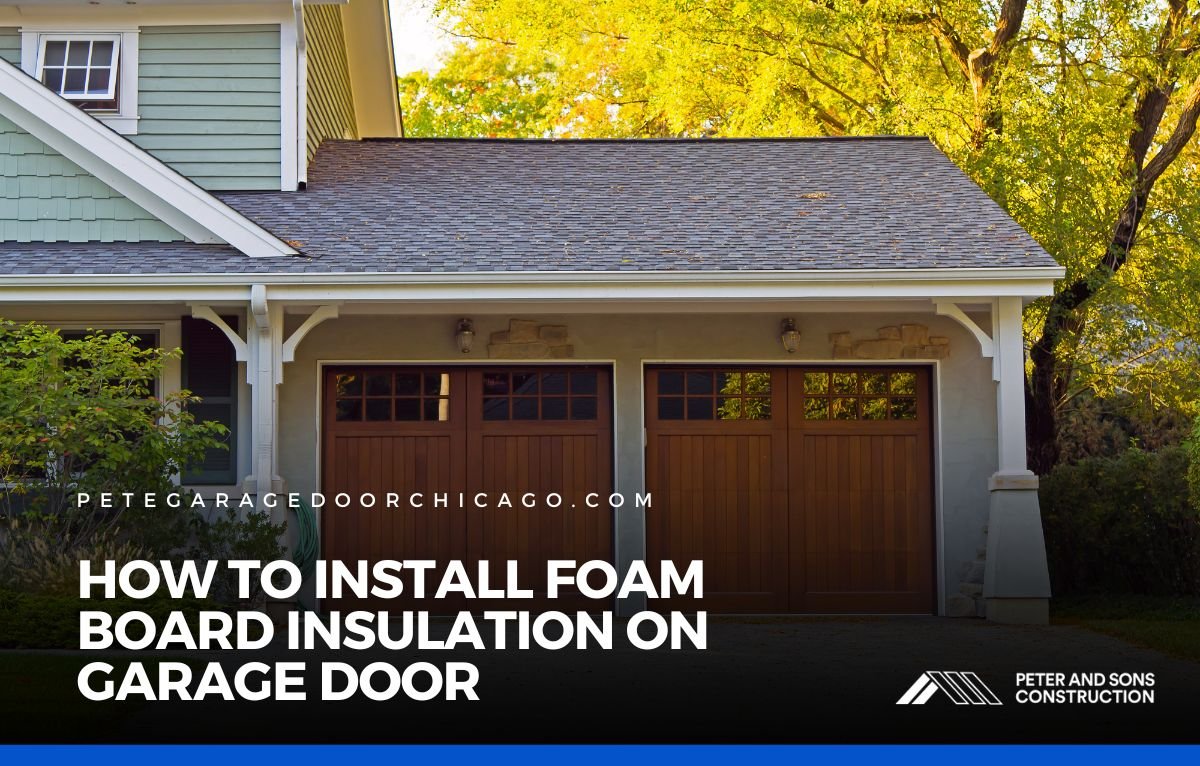
Your garage might look sealed, but if the door panels are bare metal, you’re still losing heat by the hour. Foam board insulation solves that. It’s rigid, lightweight, and made to slow down temperature loss in spaces like garages that face extreme swings in weather.
This guide walks you through how to install foam board insulation on your garage door—clean, tight, and built to last.
Why Foam Board Insulation Works for Garage Doors
Garage doors may look solid, but they’re one of the weakest links in maintaining a stable indoor temperature. That’s especially true if your garage is attached to your home or doubles as a workspace. Most standard garage doors are built with little to no insulation. As a result, outside air seeps in, indoor heat escapes, and your energy bills slowly creep up—especially during summer and winter.
Foam board insulation is one of the most effective and affordable ways to solve this. Unlike blanket insulation or loose-fill materials, foam board panels offer high insulating power with minimal bulk. They’re rigid, moisture-resistant, and easy to cut to size, making them ideal for garage door retrofits. Once installed, they help regulate interior temperature, reduce noise, and even add a bit of structural support to older panels.
Before You Begin: What You’ll Need
Prepping correctly is key. Don’t rush into cutting and sticking panels until you’ve made sure the surfaces are clean and the materials are the right type.
Required Materials:
- Rigid foam board insulation (usually polyisocyanurate or polystyrene)
- Measuring tape
- Straightedge or T-square
- Utility knife or insulation cutter
- Double-sided construction tape or adhesive glue
- Degreaser or all-purpose cleaner
- Rag or microfiber towel
Optional but helpful:
- Aluminum foil tape (to seal panel edges)
- Insulation retaining clips
- Gloves and protective eyewear
You can purchase foam board insulation panels pre-cut for garage doors, or buy larger sheets and cut them down yourself. If going the DIY route, opt for 1-inch thick panels for a good balance between R-value and ease of installation. Most garage doors have recessed panels that are perfect for holding these snugly without interfering with door movement.
Step-by-Step: How to Install Foam Board Insulation on a Garage Door
Start by opening your garage door fully and locking it in place. This gives you better access to each section without worrying about the door shifting.
- Measure the Panels Carefully
Each panel of your garage door likely has a recessed area. That’s where the foam boards will go. Measure the width and height of each inset individually—don’t assume they’re all identical, especially on older doors.
When you’re dealing with foam board, precise cuts matter. A poorly cut panel may bulge out, reduce the seal, or come loose over time. Always measure twice before trimming, and label each cut panel if you’re doing them in batches.
- Prep the Surface
Use a degreaser or mild soap solution to clean each door panel. Any dust, grease, or residue can weaken the bond between the foam board and the door. Dry thoroughly using a lint-free cloth. This step is often rushed, but skipping it almost always leads to panels falling off later.
- Cut and Test-Fit Each Panel
Lay your foam board on a clean surface. Using a straightedge and a utility knife, cut each piece to match your measurements. A snug fit is ideal; tight enough to stay in place without bowing the panel or sticking out.
Before applying any adhesive, dry-fit the insulation into the door panel. This test run helps catch errors before they become permanent.
- Apply Adhesive and Press Firmly
If using double-sided construction tape, apply strips around the back edges of the foam panel. For adhesive glue, apply thin, even beads in a grid or zigzag pattern. Either way, press the panel into the door recess and hold it for 30–60 seconds to make sure it sets.
Work from the top down to maintain balance. Starting at the bottom could add stress to the lower sections as you go.
- (Optional) Seal Edges with Foil Tape
If you live in a region with extreme temperature swings, aluminum foil tape adds extra protection. It seals any air gaps, prevents moisture intrusion, and keeps the edges clean. It’s especially useful for older garage doors or uneven surfaces.
What Comes Next: Benefits After Installation
If installed correctly, you’ll feel the difference fast. Winter air won’t sneak in through the metal, and summer heat won’t cling to the panels. Expect the internal temperature to stay more stable, especially overnight or during heatwaves.
Beyond temperature control, insulation also reduces outside noise. If your garage faces a busy street or noisy neighbors, foam board panels help mute the racket. It also improves door performance—less vibration, fewer rattles, and a quieter motor cycle.
Some homeowners even report a modest improvement in their energy bills. If your garage is attached to a climate-controlled part of your home, insulating the door helps retain that heating or cooling.
Mistakes That Make Panels Fall Off
While foam board insulation offers clear benefits, even small mistakes during installation can undo your hard work. Many homeowners underestimate how precise the process needs to be. If your panels keep falling off, chances are one of these common issues is to blame:
Dirty surfaces: Oil, dust, or humidity can prevent adhesives from sticking.
Wrong tape or glue: Basic double-sided tape isn’t strong enough. Use adhesives rated for foam and temperature fluctuations.
Panels too tight or too loose: Tight panels may bend or pop out. Loose panels shift around and lose their seal.
Skipping the test fit: Even small misalignments lead to poor insulation and aesthetic issues.
It’s also worth checking how your garage door operates after installation. While foam board doesn’t add much weight, it can affect balance if your door opener is already working hard. If the door strains or hesitates, stop and call a pro to check the spring tension.
Should You DIY or Call for Backup?
If your garage door has curved panels, inset hardware, or if you’re not comfortable working with cutting tools, it’s best to hire someone. Professionals can cut custom foam pieces and use commercial-grade adhesives that last longer.
They can also inspect the door for structural issues that insulation alone won’t fix, like cracked panels, worn weather seals, or bent tracks. In some cases, they may recommend combining foam board insulation with a full door upgrade for the best long-term results.
Wrapping Up
Foam board insulation gives your garage door a major performance boost without needing a full door replacement. It’s lightweight, effective, and relatively simple to install. With a weekend of work, you can turn a drafty garage into a more comfortable, quieter, and energy-smart space.
If you want that done right—with no cutting errors, mess, or trial-and-error—Peter and Sons can help. Our team handles garage door insulation from prep to finish, ensuring every panel fits clean and holds strong for years.

